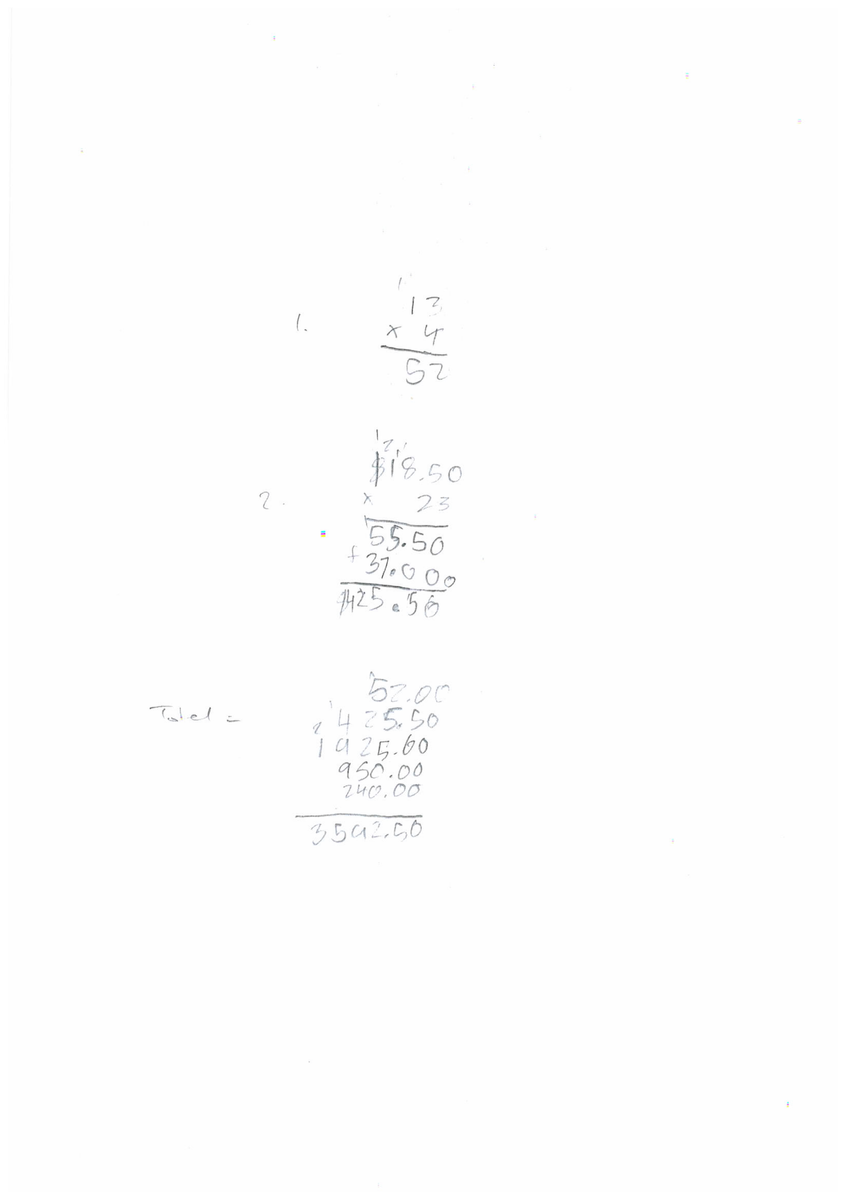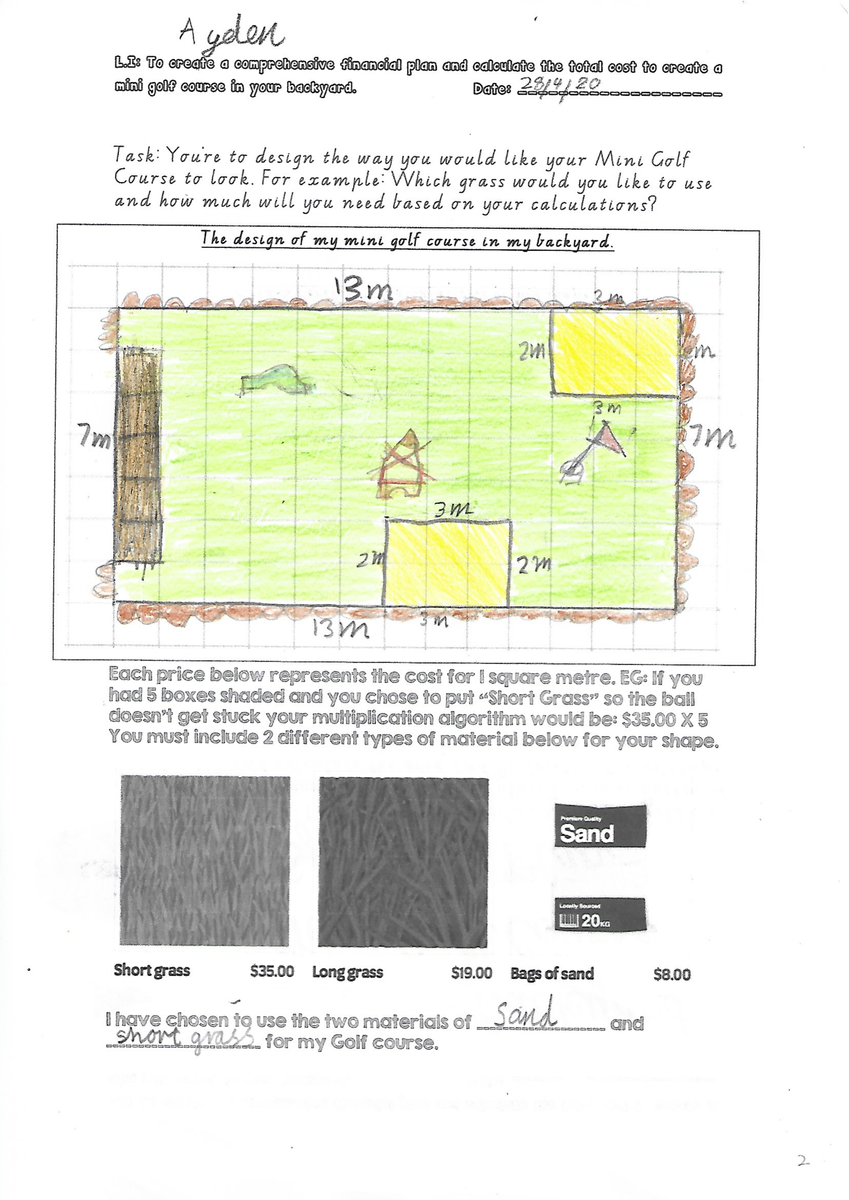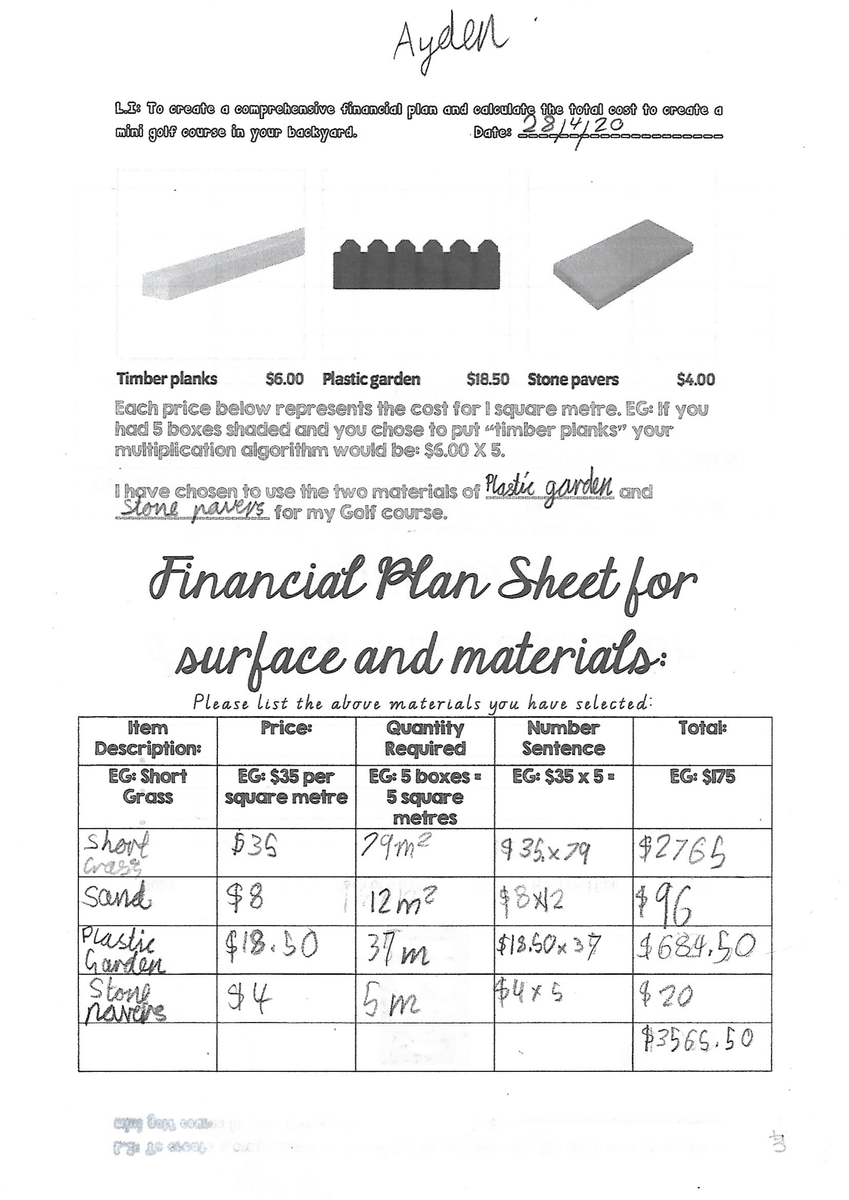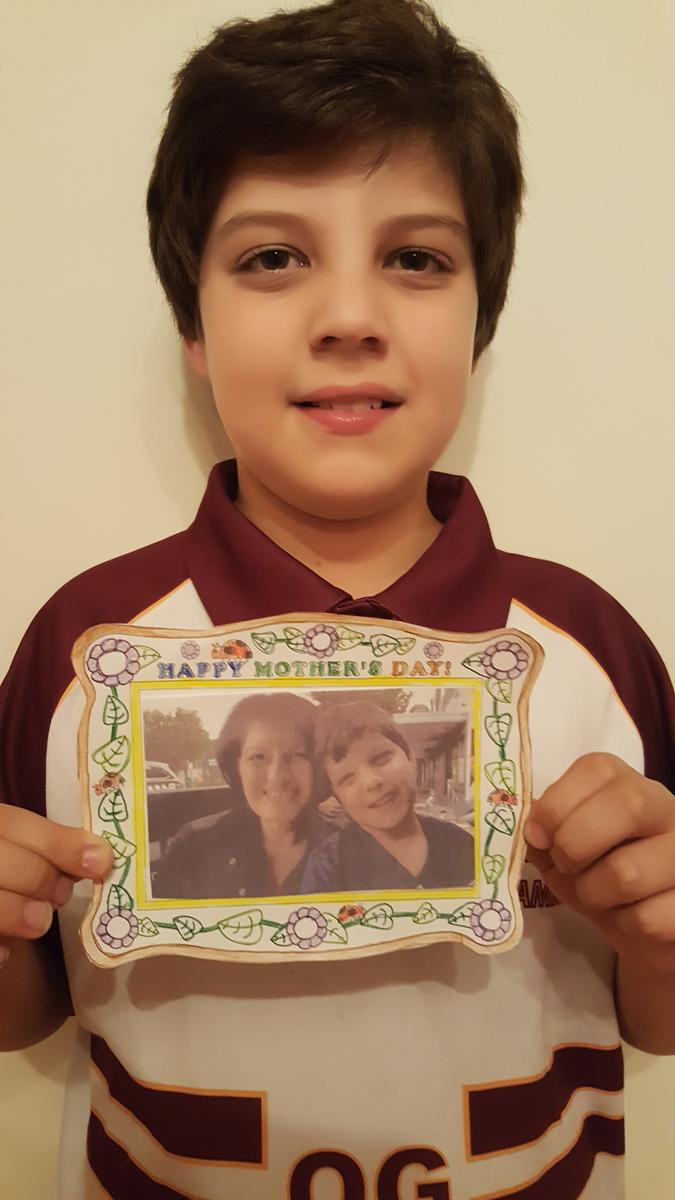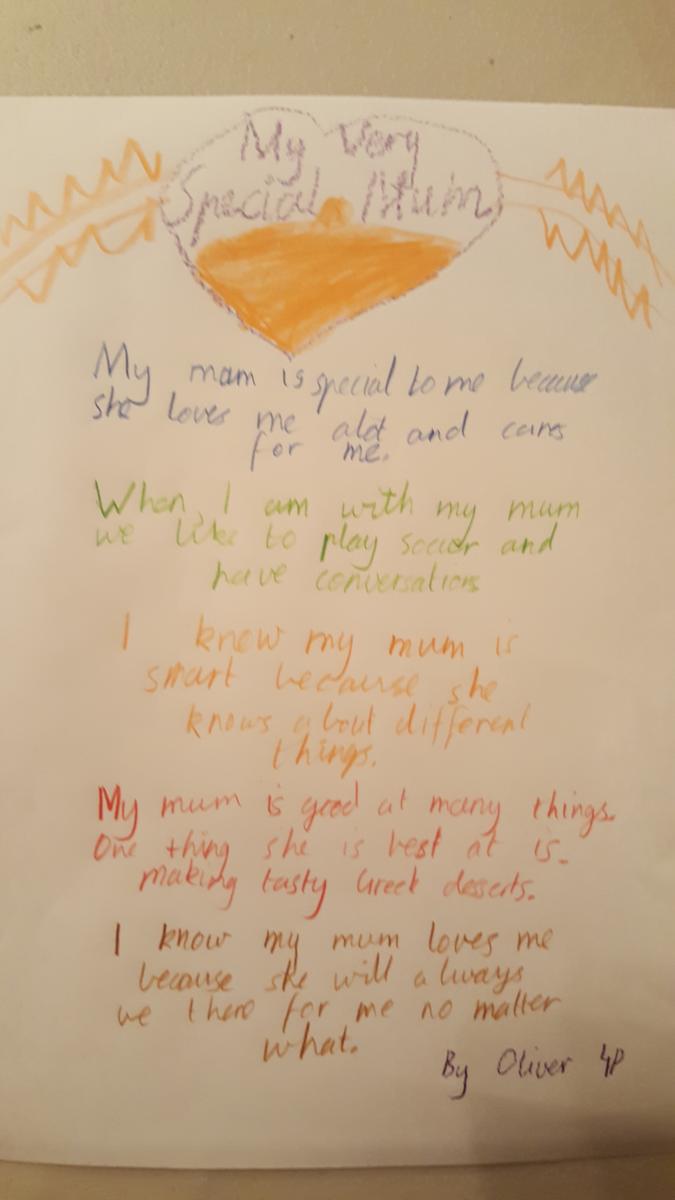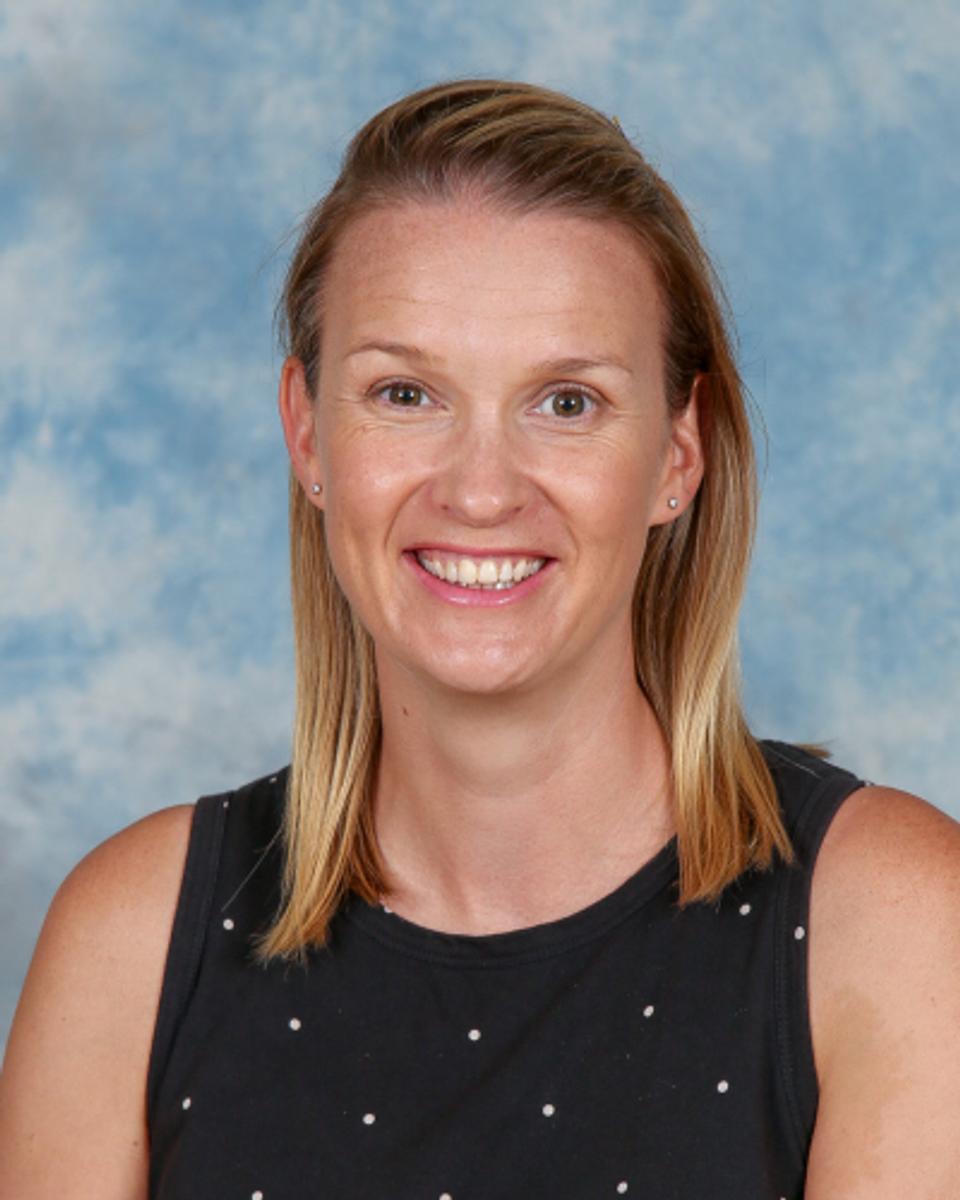
Junior School
SHELLEY PARKES
Head of Junior School
Dear Oakleigh Grammar Junior School students,
It didn’t take too long for me to realise earlier on, that you were all unique. You ticked many boxes from the moment I stepped into your Community. You are an active bunch with a flare for life and an ability to turn a challenge into a great success.
Remote learning has reemphasised how magnificent you truly are. We adults have a great deal to learn from you all. You have shown your teachers’ kindness, respect, patience, forgiveness and most importantly comfort during remote learning.
You have watched some of your teachers’ struggle with TEAMs. At times we may have confused our chats or mixed up our calendar invites, all whilst attempting to live teach without knowing how to turn our microphones on or off. However, during all of this you have helped us, you have supported us, you have taught us and you have allowed us to be imperfect as we have navigated our way through remote learning with you.
Collectively you have all been shining, and individually you have all been achieving in ways you may have never thought possible.
The school yard isn’t the same without you. I miss having the Prep students share with me their wonderful school work, I miss my Year 1 friends making me pictures and drawings to put up in my office, I miss the Year 2 students and their cheeky humour, I miss Year 3 students and their incredible work ethic, I miss Year 4 and their eagerness to show me their work when I go into their classroom, and Year 5, how I miss you! I miss our banter and I miss your leadership. I miss you all and the school yard is simply duller without you. You give my day’s life and colour.
I thank and commend you all. Your world is not as you know it, yet you keep shining. You are my champions and you are all braver than you think, more capable than you thought and I am thankful you are students of Oakleigh Grammar!
I cannot wait to have you back.
Taking Breaks in Learning Time
We are all functioning in a new teaching and learning environment at the moment, so firstly I would like to send a great big air high five to each student and to each family member. Such amazing resilience, perseverance, creativity and motivation has been demonstrated by all.
I’d like to share some points extracted from an article found in Pysch4schools. I hope this will give you some ideas of how to help your child/children to recharge and reengage in their learning if they are becoming fatigued. It is also a timely reminder that giving yourself a break and taking care of your wellbeing is a top priority.
Pysch4schools
When students engage in a task involving high concentration for an extended period of time, the brain’s messenger chemicals or neurotransmitters, like dopamine and serotonin, are depleted and they can experience ‘burnout’. As a result, new memories are unlikely to be stored effectively.
Whilst some students may be able to quietly self-regulate by wriggling a little on the seat, daydreaming, staring or rolling the pen in their fingertips for a moment or two, others will quickly hit ‘burnout’, and tune out or exhibit agitated behaviour.
Taking a ‘brain break’ before ‘burnout’ occurs can:
- Enable newly learned information ‘the opportunity to move from working memory to relational memory (although it will not become permanent memory until time and practice follow).’
- Reduce agitation, as the break decreases feelings of being overloaded.
Regular ‘brain breaks’ will assist all students, but particularly those who have difficulty attending and processing information, including those with learning disabilities such as ADHD, Dyslexia, Working Memory difficulties; other disoders sycg as ASD or Anxiety; as well as those for whom English is a second language.
It is optimal to give students a break BEFORE they hit synaptic overload or burnout. For some, this may occur after engaging in the same activity for 10 -15 minutes, for others it might be after 20 minutes or so. However, for most a 2 – 4 minute break is all that is needed to recharge before they are ready for new memory storage.
The following are examples of 2 – 4 minute brain breaks:
- Move – Wiggle, stand and chat, stretch or practise holding a pose; anything to get the body moving for a few minutes. It does not have to be strenuous. Music can assist.
- Stretch and strengthen – Choose music that is compatible with a light exercise routine. Incorporate the plank, balancing on one leg, sitting like a chair with your back against the wall, pushing the palms of the hands against each other, and doing squats.
- Draw or doodle – Illustrate a creative writing piece, or colour a section of a colouring sheet or book. Try doodling on a note pad or in a designated free expression book.
- Use online tools – Such as Go Noodle, with younger children, watch a short video or clip related or unrelated to the learning task!
- Take a Break! – Move away from your task and do a completely unrelated task for a few minutes.
- Short mindfulness activity – A brief abdominal breathing exercise, a Smiling Mind or other mindful practice.
- Play a quick game – Such as Charades, ‘Two truths, one lie’, ‘Around the World’ or ‘Twenty Questions’. Encourage ‘time out’ to have a bit of fun, before refocusing on the learning task.
- Chat – Talk about something of interest not related to the task at hand.
Jasper's Reflection
Maths is my favourite subject.
I really enjoyed completing the task of creating a spending plan for a mini golf course.
We had to purchase equipment and surface materials. I got really carried away with my spending.
I purchased 3396 Eiffel Towers, totalling $237,720.00. Then I wondered, where am l going to put all of these on my golf course?!
Overall, l spent a whopping total of $379,263.05 creating my mini golf course.
Ayden's Reflection
I like doing Maths. Maths is my favourite subject.
When I first got this golf course costing activity, I was really excited. We were able to buy things from different sections. I had set a maximum cost of $4,000 in my mind before I started planning. I felt really anxious whether I would go over my set budget while I was doing the activity.
I bought less, but also useful things so that I could stick to my budget. My total cost was $3,677.50. So, I even made a saving of $322.50. Yay!
Mother's Day Celebration's
Like everything else, there's no doubt Mother's Day is looking a little different this year. Without our annual Mother's Day stall, our Junior School students will need to think outside the box.
Oliver Cooney , one of our Junior School student's, has been focusing on creating his
own gifts during our Mother's day activities while remote learning.
Whilst we are still in isolation, it is more important than ever to show your mum, grandmother and guardian how much you love and appreciate them.
Wishing a very special Mother's Day to all the Mother's, Grandmother's and Guardians!
AMBRE BORNEMAN
Inquiry Learning Coordinator
STEAM at Home for Prep to Year 2
Playing, exploring and asking lots of questions – that’s how children learn about themselves, about others and about the world around them. By encouraging your child to play, explore and investigate, you are helping them become active participants in their own learning.
Here are some ideas for STEAM at home:
Toy Box Fun:
- Make a balance scale by tying a plastic bag to each end of a coat hanger. Hang the coat hanger on a broom handle suspended between two chairs. Place objects in each bag. See what happens when your child adds heavier and lighter objects.
- Sort the objects into size, shapes, colour, texture, weight, material and/or use.
- Take two toys and predict which is heavier. Find out by holding the toys in each hand or use the scales to compare the weights.
- See how quickly cars, marbles, or balls roll down different surfaces such as baking trays, books, or planks of wood. See if changing the surface changes how fast the object goes.
The Great Outdoors:
- Look at the clouds. What shapes or animals can you see? Talk about how clouds form different shapes and different colours.
- Splash in puddles. Make ripples with your finger. Look at your reflections. Time how long it takes for the water to disappear.
- On rainy days listen to the rain fall onto different surfaces. Ask your child questions, like what does it sound like? What can you smell?
- Collect treasures such as leaves, pebbles, feathers and sort them into shape, size, texture, number of sides. Use words such as compare and contrast. Look for repeated patterns and special designs.
Please email through any photos or short videos of your child engaging in STEAM activities to ABorneman@oakleighgrammar.vic.edu.au
We would love to see what they have been creating and discovering at home.
STEAM websites for ideas and inspiration:
https://www.imaginesteamsc.org/activities/




